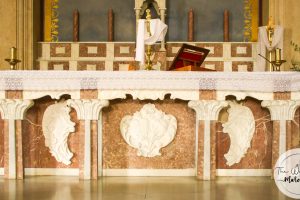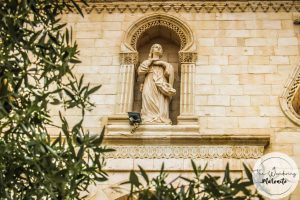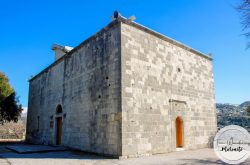Overview
Map
Other Details
كنيسة سيّدة المعونات
Zahleh Maallaqa Aradi
Zahle
Bekaa
كنيسة سيّدة المعونات - المعلّقة زحلةالكنيسة قديمة العهد، تاريخ بنائها مجهولٌ. تعرّضت للتخريب في أحداث سنة ١٨٦٠. رمّمت من بعدها. بعد الحرب العالميّة الأولى أخذت الكنيسة شكلها الحاليّ: نمط بازيليكيّ بعقدٍ مصالب وسوقٍ واحد بواجهة حجرٍ مقصوبٍ مزخرف. نضمّ الكنيسة ثلاث مذابح من المرمر تعود لسنة ١٩٣٠: السيّدة، مار يوسف ومار يوحنّا مارون. رمّمت الكنيسة سنة ٢٠٠٨. تضمّ الكنيسة مدفن موسى بك نموّر رئيس مجلس النوّاب الأسيق.The church of our Lady of Perpetual Help - Maalaka ZahleThe church”s year of construction is unknown, it was sabotaged during the war of 1860. The church took it’s current form after World War I : a basilical plan with one nave and a grand ornate facade on the western side. The church holds three marble altars dedicated to the Assumption, St Joseph, St John Maroun. The church was restored in 2008, and it enshrines the tomb of the late lebanese speaker of the parliament Moussa Bey Nammour.
Visited 2969 times, 9 Visits today
























Reviews are disabled, but trackbacks and pingbacks are open.